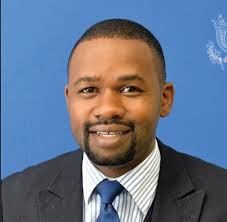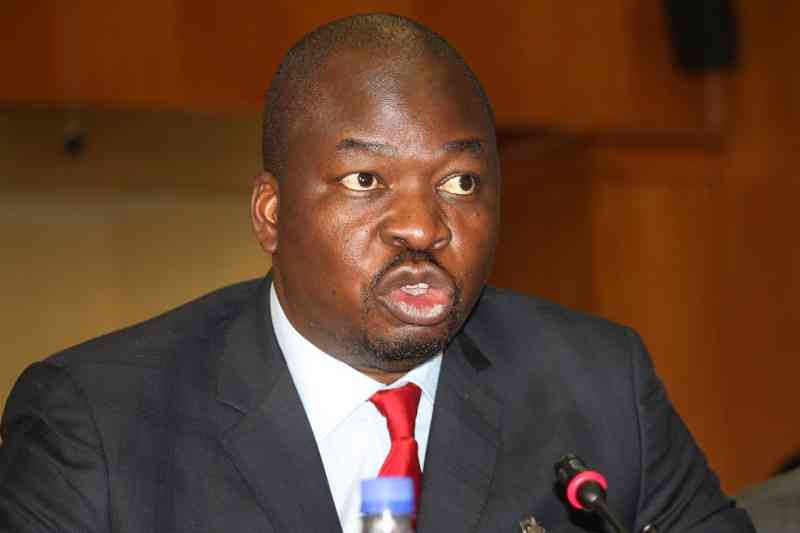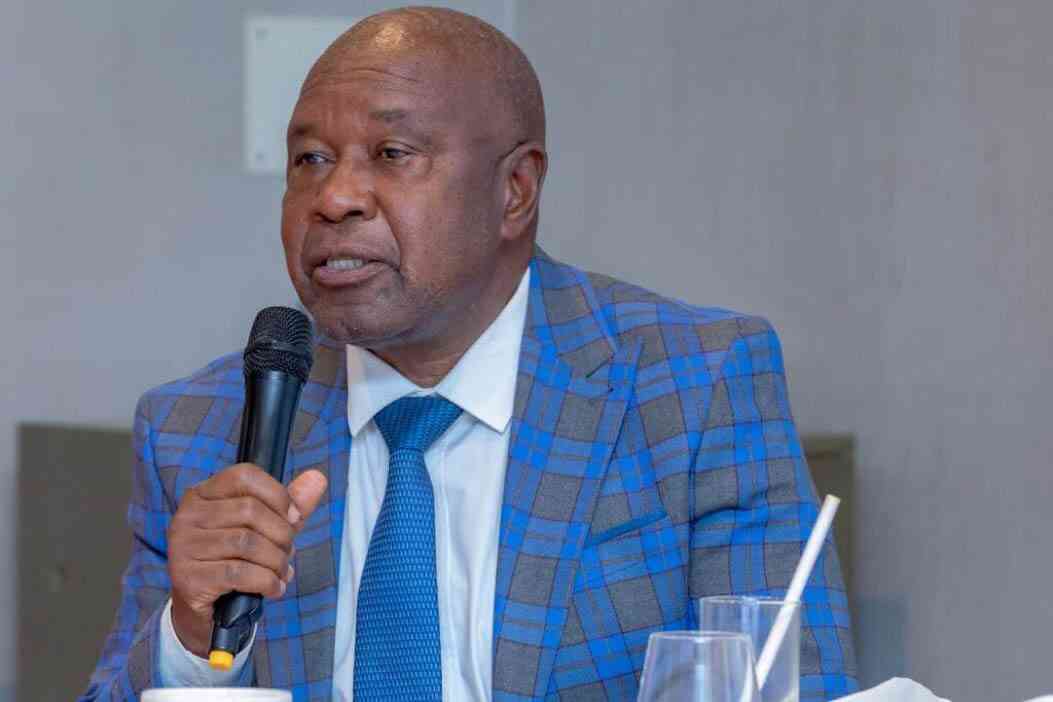
In my decades of engineering across Zimbabwe, from high-voltage transmission lines to solar mini-grids, I have witnessed first-hand how energy is not just a utility... it is the pulse that animates communities. Especially for rural women, access to reliable electricity is not merely a convenience, it is the gateway to dignity, opportunity, and transformation.
- SDG 7: Electrifying equality
Sustainable Development Goal 7, “ensuring access to affordable, reliable, sustainable and modern energy for all”, speaks a universal truth. But for rural women, that phrase must take on deeper meaning. It is not enough that power is available, it must be accessible, affordable, inclusive. Rural women are often the invisible labor force: hauling water, cooking over wood fires, lighting kerosene lamps. Each moment spent on these tasks is time taken away from education, entrepreneurship, or rest.
I’ve walked through villages where women would rise before sunrise to collect firewood, then shepherd children, and only later, in the dim glow of kerosene lamps, try to work, even their eyes strained. Electricity is not just light, it is freedom. It is the possibility that a girl can study after dark, that a mother can run a small sewing cottage, that water can be pumped, that health clinics can refrigerate vaccines.
- My Commitment as an engineer and leader
When I lead project planning discussions at Power Giants, I remind our teams that each kilowatt is not just for industrial output, mit could be a student finishing homework, a midwife lighting the way, or a small entrepreneur powering her livelihood. I often say: “Each meter we lay, each solar panel we install, lights not just a house, but hopes.”
So when we go into rural electrification projects, we always ask: Are there solar home systems for women-led households? Are micro-enterprise hubs powered? Are schools and community centers included? Electricity, when done well, multiplies the earning potential of rural women by enabling micro-processing (like grain mills), preserving produce (through cold storage), and providing connectivity (charging mobile phones, accessing online markets).
- The Power of electricity: Stories from the field
Let me share two brief, but powerful, stories drawn from our own experience:
In Gwanda, a rural community that we enabled with solar mini-grid access, women formed a co-op to operate the grain mill on solar power. They now process millet locally, doubling their incomes and cutting cooking time in half.
In Nyanga, after installing solar power at a rural clinic, a nurse said to me: “Before, we feared vaccine spoilage. Now, mothers bring their children for immunization without worry.” That chill of the fridge is a chill of hope.
- Mavhunga puts DeMbare into Chibuku quarterfinals
- Bulls to charge into Zimbabwe gold stocks
- Ndiraya concerned as goals dry up
- Letters: How solar power is transforming African farms
Keep Reading
- Why rural women must be prioritised in SDG 7 implementation
- a) Efficiency of Impact
When you electrify a rural home led by women, the social returns multiply. Food processing, safe cooking, education, health, small businesses, these all begin at home. You’re empowering the entire household.
- b) Inclusivity and gender equity
Development is not equitable unless it includes women. Electrification programs must target women, provide financing packages, training, and ownership models that place control in their hands. That’s how generational change occurs.
- c) Building resilient communities
Women often lead during crises. When rural clinics, schools, and homes have energy backups, women, who often manage family care, can provide continuity. A clinic with power stands open; children can study; small businesses can operate.
- A vision for tomorrow
I envision a Zimbabwe, and a Sadc region, where electrification strategies are deliberately designed with rural women in mind:
-Mini-grid deployments prioritise clinics, schools, and women-owned micro-enterprises.
-Solar home system programs include repayment models and training for women.
-Economic hubs with cold storage, milling, and charging stations, where women are co-owners.
-Training and employment for rural women in solar installation, maintenance, and energy services.
When communities see women confidently charging phones, running solar-powered corner shops, lighting homes, and caring for children, they choose progress. That’s the energy revolution I believe in.
- Call to Action
To implement SDG 7 with depth and dignity, we must:
- Design interventions around rural women, not just infrastructure.
- Involve women in planning of electrification projects, as decision makers.
- Measure success not just in kilowatts, but in livelihoods created.
- Invest in gender-inclusive funding schemes that empower women to own and operate energy solutions.
I have seen what energy can do when paired with purpose. Rural communities do not need charity, they need access. And rural women? They need power, electrical, yes, but even more importantly, transformative.
Let’s illuminate Zimbabwe, one household, one village, one woman's dream at a time.
*Dr. Eng. Edzai Kachirekwa is the chief executive officer of Power Giants Private Limited. He can be reached at [email protected] or https://powergiantsgroup.com











